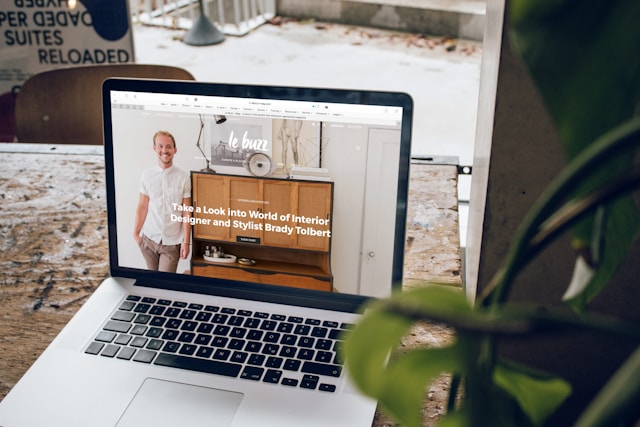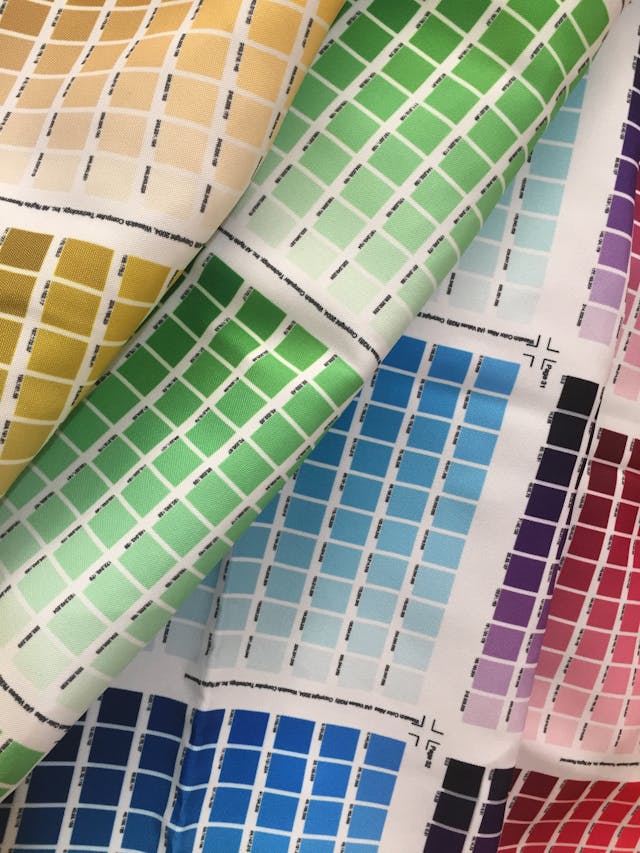Marketing is full of jargon and specialist terminology that makes sense to no one outside the field. KPIs, A/B testing, CTAs, and more are just some of the words that marketers have to learn. Well, here’s a new one for you: click funnels. But what are click funnels, and how do they differ from sales funnels?
We’ll explain everything you need to know about funnels in digital marketing and how to use them in UX.

What Is a Click Funnel and How Does It Work?
There are several funnel types in marketing. There’s the marketing funnel, sales funnel, and more, and yet they all share a general concept. The idea is to draw your target audience down a path that takes them from brand discovery to purchasing.
So, more specifically, what is a click funnel, and how does it work? We’ll be straight with you–it’s just marketers marketing their ideas to you. In reality, it’s similar to a sales funnel but with different terminology:
- Awareness
- Discovery
- Evaluation
- Intent
- Purchase
- Loyalty
Still, the basic concept is valuable. A customer discovers your brand’s social media posts. From there, it’s your job to get them to the payment gateway through various clicks. You need to herd them through the phases listed above until they reach that crucial purchase point. Then, you need to nurture them beyond that.
So, why ‘clicks’? Well, think about how many clicks you have to make when you’re navigating a website. There might be 50 items to click on just on a website’s homepage and another 20 on the sales page. These are all choices the customer has to make.
Within the funnel, your job is to slowly narrow down the choices. So, by the time they get to the purchase point, there’s just one option: “Complete purchase.” While the homepage has 50 options, there are fewer on the sales page. When the customer picks a product, there are only ten options. This is how the funnel works.
Of course, it’s not an exact science. You still need to put in a lot of work to convert aware audiences into loyal customers. Nevertheless, the click funnel can help you get users at least part of the way with clever UX design.

Click Funnel vs. Sales Funnel
From the above description, you might be thinking that click and sales funnels sound awfully similar. And yes, they are both part of a good marketing strategy.
You can think of a click funnel as a series of pages that lead to a conversion event. In this context, a conversion event means two things:
- A point where all possible entry points converge.
- The point where shoppers become buyers.
A sales funnel just leads to the latter. Think of a click funnel as a narrowing of choices at every stage. This means that the user converges on a single option: purchase. Meanwhile, a sales funnel leads users along this same track with good marketing and copy. Sales funnels are a much broader concept, in other words, whereas clicks focus on just one thing.
Ideally, you should use both tools in conjunction. That way, you have a double layer of assurance that the customer will buy your product. However, if you want this strategy to be successful, you need to make sure your funnel is a good one.
Remember, you can’t force customers to stay in the funnel. Not every customer that enters the funnel will convert into a purchase. You have to keep them there with persuasive copy and great UX, among other things.
As you build a click funnel, make sure you keep your sales funnel in mind every step of the way.
Click Funnel Example
It might help you to see a click funnel example. The below process shows how a customer might walk through the funnel for an air fryer purchase.
- The customer decides they want an air fryer after seeing posts about them online. They search for air fryers on Google.
- They click a link that takes them to your landing page.
- They follow another link to a ‘Shop’ page, where there are multiple options for air fryers.
- They click on a specific air fryer and start to look at the specifications.
- They see options to add or change additional features, like colors.
- They choose the features they want.
- They put the item in their shopping cart.
- They proceed to checkout and purchase the item.
As the customer progresses through the funnel, a purchase becomes more and more likely. This is why reducing the number of options works as a tactic.
However, consider the points early on in the process. When the customer arrives on the landing page, you need to convince them with compelling copy. With any online business (as most are these days), your marketing is everything.
By the way, this is a pretty basic funnel. Others are more complex than this, which means there are more moving parts and things to think about. Either way, the start and end points are pretty much the same.

How To Create a Click Funnel
The next step is to master the art of click funneling. Not only will this help you capture customers, but it will also help you understand the sales process overall.
After all, building a sales process always starts with research. Just like with user research, you’ll get to understand your target audience in detail. Once you have your customer journey maps, you’ll know what your customers need. And when you know what your customers need, you can give them what they want.
Remember, there’s no exact science to this. Think of this process as the scaffolding that will help you put your funnel together.
1. Start at the Landing Page
It’s a good idea to start the process at the beginning: your landing page. This is a simple page featuring high-quality imagery, simple graphics, and a core message. It tells your customers where they are and what to do next.
Why is this important, you ask? Well, a prospective customer can come from many different places. They might have arrived after a Google search, a social media post, or a TV ad.
The landing page serves to provide more information. It might go into detail on the product, provide pictures, or expand on what the user needs to do next. The key is that you need to sell it to them if you want to improve your conversion rates.
And by the way, this doesn’t just mean crafting a great marketing slogan and taking awesome pictures. You need to focus on UX. Gitnux states that 55% of customers only stay on a landing page for fewer than 15 seconds. This might suggest bad UX. Your job is to optimize the page and keep users interested.
2. Generate Leads
Next, you need to generate leads, but not just any old lead will do. You need high-quality leads that you can effectively mine for sales. A ‘lead’ is a potential customer who is a part of your target audience. Ideally, they have indicated interest in the products or services you offer.
There are lots of ways to find potential customers. From social media ads and influencer marketing to search engine optimization and more, the possibilities are endless. However, getting eyes on your content isn’t enough. You need to harvest the information and find a way to stay in contact.
Try building an email list by collecting subscriber information, for example.
3. Nurture Those Leads
Leads are nothing if you don’t nurture them. You need to turn a potential interest into a genuine, qualified lead that develops into a sale. With a mailing list, you can start to send email sequences and target them with marketing campaigns.
Ideally, you should target your marketing to specific demographics. Generic marketing rarely works–you need to provide your audience with what they need. User personas will come in handy here.
In terms of the click funnel, you can nurture leads by building a website that guides users through the process.
4. Upsell
Now, you have a chance to upsell. After all, the customer has already expressed an interest. They believe in your core offering, but now you can sell them the premium package, the executive product.
Upgrades, add-ons, or special features all cost extra. But, by this point, your audience is already willing. So, with clever marketing, you can pitch something that’s more expensive.
However, you need to remember where you are in the funnel. Don’t give your customers too many options, or they’ll bail. Your online store should still prioritize UX and not make things too complicated.
5. Analyze Feedback
By now, your customer might have made a purchase. However, it’s up to you to keep track of what’s going on. You need to track and analyze the numbers, including quantitative data like conversion rates. If you can, you should also collect qualitative data like surveys and customer feedback.
As with all things in UX, you need to iterate. Some companies A/B test different landing pages and funnels. That way, you can hone the process and keep improving it.

Make Funnels Work for Your User Flows
If you came to this article wondering, “What are click funnels?” Then, hopefully, we’ve answered your question. But as we have already mentioned, they aren’t the only thing you need to convert your audience.
Fortunately, you can learn more about great UX at Page Flows with our library of user flows. It’s a helpful resource for finding landing pages and interaction design ideas. Get started today to access our growing library of user flow recordings and finally stay up-to-date with current design trends.





